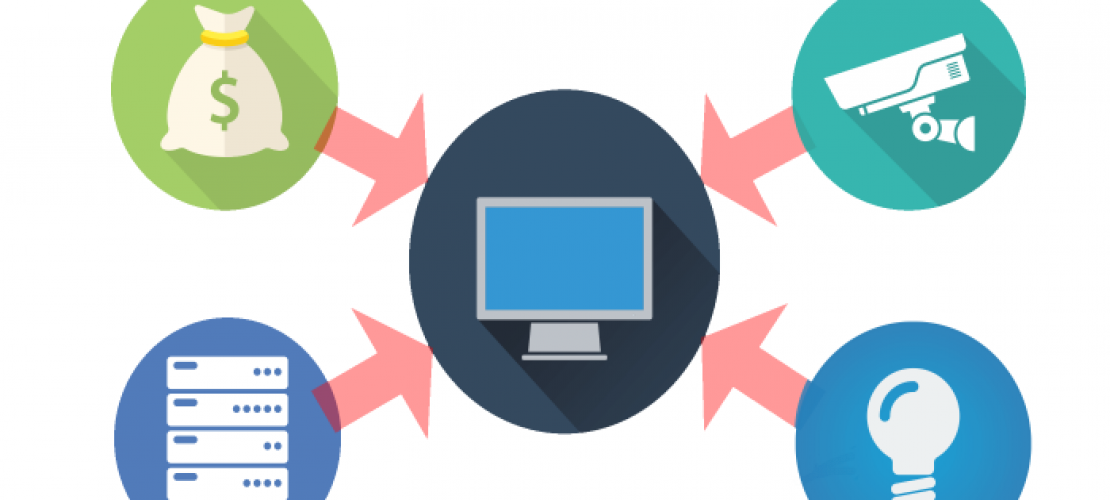Small and medium-sized businesses (SMBs) are often the target of distributed denial of service (DDoS) attacks, which can have a devastating impact on their operations. In this article, we will explore the cost of downtime caused by DDoS attacks and how SMBs can protect themselves from this growing threat.
The Cost of Downtime:
The impact of a DDoS attack on an SMB can be severe, resulting in lost revenue, damage to reputation, and even closure. Downtime caused by a DDoS attack can be costly, with some studies suggesting that the average cost of downtime for SMBs is $8,580 per hour.
In addition to the direct costs of downtime, there are also indirect costs to consider. These include the cost of restoring systems and data, the cost of investigating the attack, and the potential loss of customers and business opportunities.
Protecting SMBs from DDoS Attacks: To protect themselves from DDoS attacks, SMBs need to take a proactive approach to cybersecurity. This includes implementing strong network security measures, such as firewalls and intrusion detection systems, and deploying advanced threat detection and response tools.
SMBs can also benefit from using cloud-based DDoS protection services, which can provide cost-effective and scalable protection against DDoS attacks. These services use advanced filtering and rate limiting techniques to detect and mitigate DDoS attacks in real-time, minimizing the impact on SMBs’ operations.
Best Practices for DDoS Attack Preparedness and Response:
In addition to investing in cybersecurity measures, SMBs should also develop incident response plans to minimize the impact of a successful DDoS attack. These plans should include procedures for detecting and reporting an attack, as well as steps for restoring systems and data after an attack.
It is also important for SMBs to communicate with their employees, customers, and stakeholders about the risks and impact of DDoS attacks. By raising awareness and implementing best practices for cybersecurity, SMBs can reduce the likelihood of a successful DDoS attack and minimize its impact if one occurs.
Additoinal points to covert
- Common DDoS Attack Vectors: SMBs should be aware of the different types of DDoS attacks, including volumetric, protocol, and application layer attacks. Attackers use various methods such as botnets, amplification attacks, and reflection attacks to overwhelm the target network or server, resulting in downtime.
- Importance of Regular Testing: SMBs should test their DDoS mitigation strategies regularly to ensure they are effective. This involves simulating an attack and evaluating the response and recovery processes. Regular testing can help identify weaknesses in the system and ensure that the incident response plan is up to date.
- Business Continuity Planning: DDoS attacks can be unpredictable, and SMBs should have a business continuity plan in place to ensure they can continue to operate in the event of an attack. This may involve backup systems, alternative communication channels, and offsite data storage.
- Cybersecurity Awareness Training: One of the most significant risks to SMBs is human error. Employees may inadvertently expose the company to cyber threats through their actions. SMBs should provide regular cybersecurity awareness training to their employees, educating them on best practices for email security, password management, and other security measures.
Conclusion:
DDoS attacks can have a devastating impact on SMBs, resulting in lost revenue, damage to reputation, and even closure. However, by taking a proactive approach to cybersecurity and implementing best practices for DDoS attack preparedness and response, SMBs can protect themselves from this growing threat. As we move forward, it is essential that SMBs remain vigilant and invest in comprehensive cybersecurity measures to defend against DDoS attacks. DDoS attacks are a growing threat to SMBs, and the cost of downtime can be significant. By investing in comprehensive cybersecurity measures, regular testing, and effective incident response planning, SMBs can reduce the risk of a successful attack and minimize its impact if one occurs. Cybersecurity awareness training is also essential, ensuring that employees are aware of the risks and how to avoid them. As technology evolves, it is essential that SMBs remain vigilant and adapt to the changing threat landscape to protect their operations and customers.




